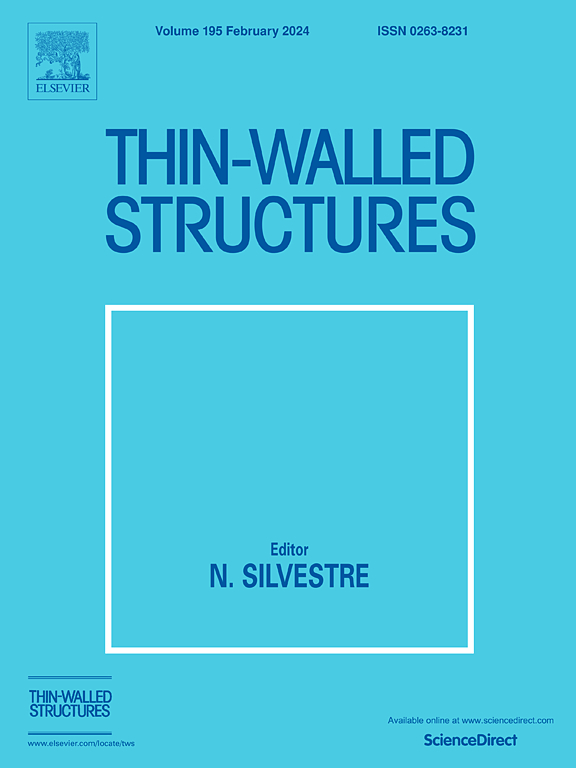AM-FEMU: An optimization method for additive manufacturing simulation parameters based on finite element model updating, utilizing three-dimensional deformation and melt pool temperature fields
IF 5.7
1区 工程技术
Q1 ENGINEERING, CIVIL
引用次数: 0
Abstract
Accurate model parameters are crucial for reliable metal additive manufacturing (AM) simulations, which are essential for understanding AM material formation mechanisms, designing AM components, and controlling manufacturing processes. This study addresses the discrepancy between AM simulations and experimental results by developing an Additive Manufacturing Finite Element Model Updating (AM-FEMU) method. The AM-FEMU method updates and optimizes the simulation parameters based on the temperature field of the melt pool and the deformation field of the substrate during the AM process. Online measurements of three-dimensional displacement and melt pool temperature were conducted using three-dimensional sampling moiré and multi-spectral colorimetric temperature measurement technologies. By comparing these measurements with finite element (FE) simulation, the heat source parameters and thermal expansion coefficient were updated successfully. Verification tests confirmed that the updated parameters significantly improved the accuracy of residual stress in AM simulations compared to the original parameters. This method promotes the application of FEMU in metal AM simulations, further providing a deeper understanding of the physical mechanism in metal AM process.
求助全文
约1分钟内获得全文
求助全文
来源期刊

Thin-Walled Structures
工程技术-工程:土木
CiteScore
9.60
自引率
20.30%
发文量
801
审稿时长
66 days
期刊介绍:
Thin-walled structures comprises an important and growing proportion of engineering construction with areas of application becoming increasingly diverse, ranging from aircraft, bridges, ships and oil rigs to storage vessels, industrial buildings and warehouses.
Many factors, including cost and weight economy, new materials and processes and the growth of powerful methods of analysis have contributed to this growth, and led to the need for a journal which concentrates specifically on structures in which problems arise due to the thinness of the walls. This field includes cold– formed sections, plate and shell structures, reinforced plastics structures and aluminium structures, and is of importance in many branches of engineering.
The primary criterion for consideration of papers in Thin–Walled Structures is that they must be concerned with thin–walled structures or the basic problems inherent in thin–walled structures. Provided this criterion is satisfied no restriction is placed on the type of construction, material or field of application. Papers on theory, experiment, design, etc., are published and it is expected that many papers will contain aspects of all three.
 求助内容:
求助内容: 应助结果提醒方式:
应助结果提醒方式:


